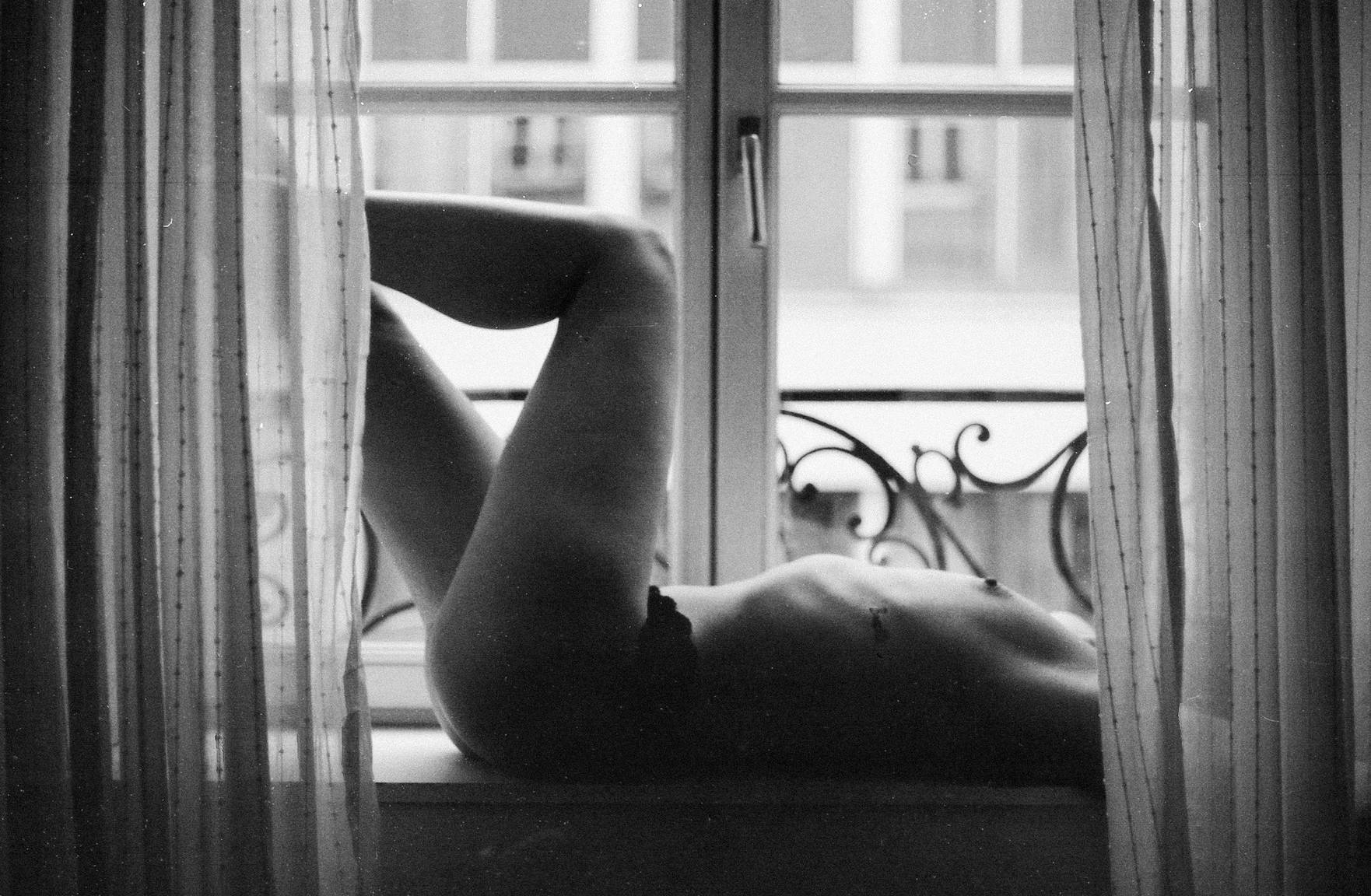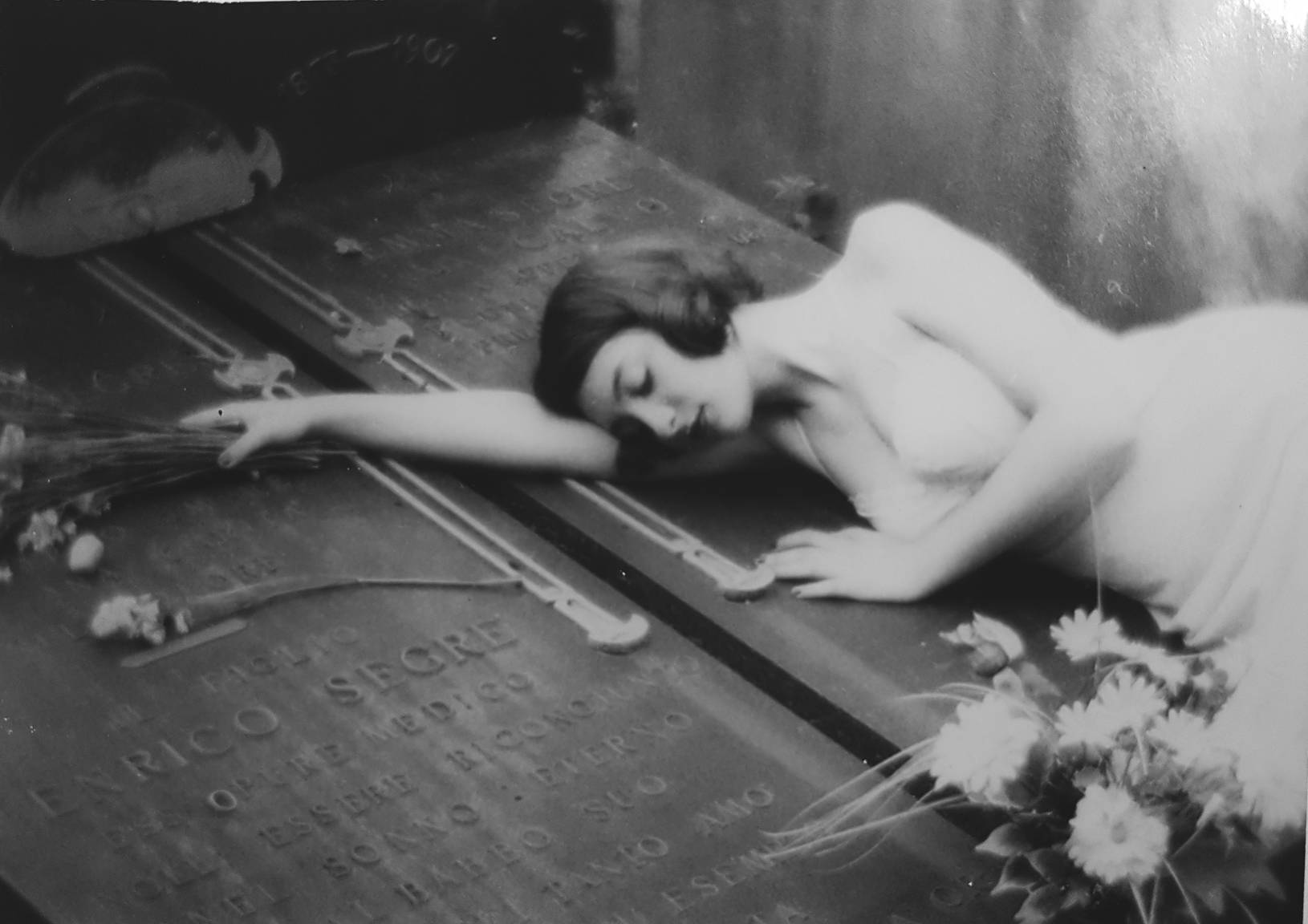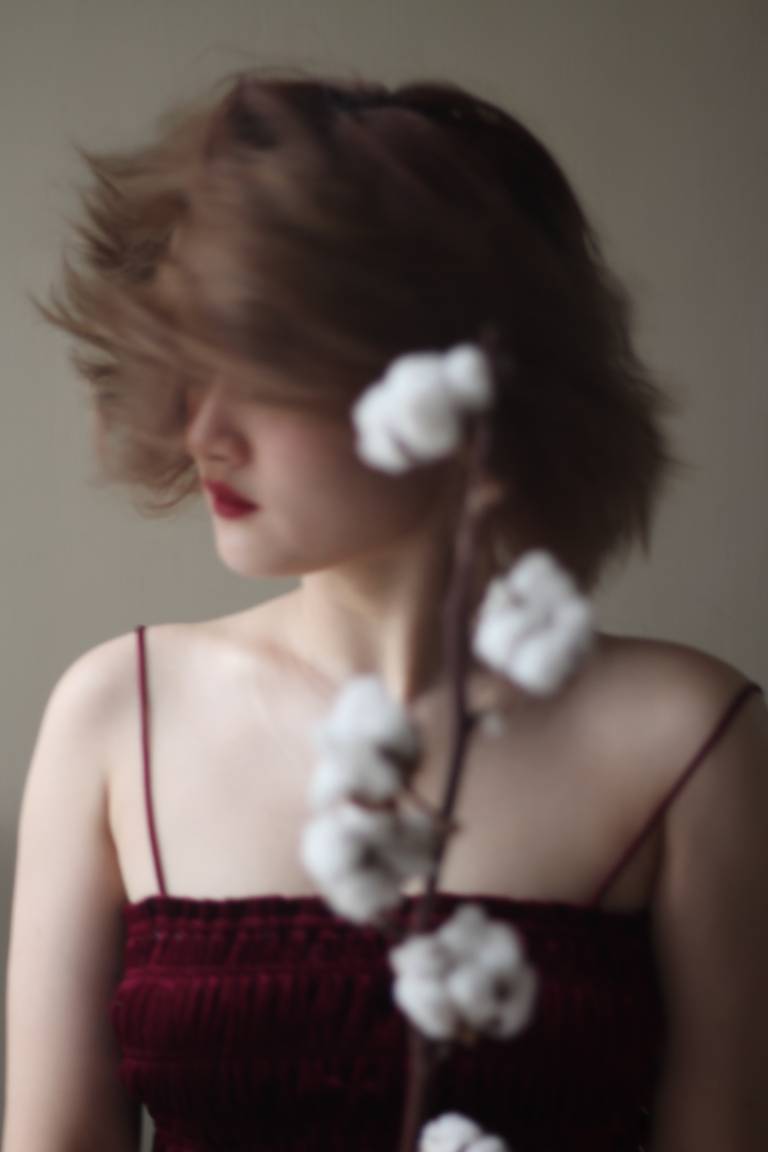A Conversation and Deconstruction of the Female Gaze in Photography
12 Share TweetThe female gaze varies from one person to another, but to briefly introduce the concept, it's the term that represents the gaze of the female viewer. The visual arts is hugely responsible for bringing out perspectives wherein the audience can put their shoes on. To talk about the female gaze is to open a can of worms, but for International Women's Day, we asked out portraitists Starla Little, Solène Ballesta and Caroline Dare to share their personal takes on the 'female gaze' in photography.
A Missed Out Perspective and a Visual Language
In a patriarchal and heteronormative world, the traditional masculine viewpoint is the default of the media and arts and has been the main narrative for a very long time now. There have been many cases that this viewpoint has offended and dehumanized the opposite sex or genders. It mostly is seen in film. The Conversation has cited Rear Window (1954), She's All That (2000) and Transformers film series (2006-2014) to be prime examples that cater to the traditional male gaze from past to present. The world, however, is seeking changes, and the female gaze is one of the perspectives that's being pushed.
How about in photography? The female gaze, according to portraitist Starla Little, is an often missed perspective. Starla shared: “As an artist, I'd argue there are a lot of perspectives that we are missing out on... To say there is no female gaze would be to say there is no female perspective. I know that the term male gaze comes from a place of hetero-masculine perspective, and that 'female gaze' is a counter of that.”
Meanwhile, photographer Caroline Dare's own take on the female gaze is a unique and distinct one. She admitted she's had a complex relationship of the term throughout her life as an artist and photographer. When tackling the female gaze, Caroline brought up that the issue with the female gaze isn't about how the term itself, but the language around the topic. Women are just as complex and unique among with each other, and so do perspectives of what constitutes the 'female gaze'. Caroline said:
“It can be incredibly and unnecessarily divisive, in my opinion. Anyone can see things and create things from the female gaze if they’d like. My definition today is pretty simple. Anyone can see things and create things from the female gaze if they’d like. This is an incredibly open interpretation of the female gaze and doesn’t compare easily to its traditional counterpart but it feels more accurate to me. Anything else just feels too defined and too limiting.”
Complexities of Objectification and the Female Gaze in Photography
In a particular gaze, there are sub-branches: the person behind the camera, the character, subject within the representation of the film or image, and the spectator. With the male gaze being the default in mainstream media, the conversation with the female gaze often leads to the topic of objectification. So, who's the best person to tackle female objectification in relation to the 'gazes' than the woman herself?
The conversation about objectification can be quite tricky. French photographer Solène Ballesta believes that when it comes to photography, objectification will occur, regardless of sex and gender:
"I don't think about my work with a 'female position'. Of course I can't deny that I've been raised like a girl and I correspond to this gender, but when it's about photography I just concretize my ideas unconsciously, so maybe it can indirectly influence me, but it's not the point of most of my pictures... I think that objectification of female subjects doesn't depend on the male or female subject. A lot of female photographers totally objectify their models, and a lot of male photographers shows them very strong and human. Considering my way of wor,king, yes, I really care about showing the person I'm photographing, its feelings and sensibility. Mostly when it's about taking pictures of nude, I really don't want to consider the model as an object, male or female, but as the human it is."
Starla documents a lot of burlesque, depicting nude, semi-nude or clothed, all interchangeably. However, she did notice the difference as to how her female subjects just seem more comfortable and at ease. Contrary to the traditional values in the male gaze, the female gaze does not fetishize on the sexual characteristics of the body:
“From my perspective, I am not seeing the women I work with in a way that implies I want to be sexual with them but I still acknowledge them as sexy or sexual beings, I am more celebrating them as a character or fellow creative for that matter. I do have some of what would others consider as 'unfair advantages' on being a woman; my female subjects tend to be more comfortable and more open with me. They aren't afraid I'm going to do something weird or harm them. I also have the advantage that I was a model for a long time before I was a photographer so most of the time they know I generally won't share something of them that I wouldn't share of myself, and I think that basic empathy goes a long way.”

For Caroline, it all comes down to the consensual relationship between the photographer and the subject. The topic of consent, she stressed, is what should be put into importance. Objectification, whether man or woman, happens, and isn't necessarily negative.
“We have to untie the idea that women become objects when they are sexual. This isn’t to say that objectification doesn’t happen or shouldn’t be acknowledged and challenged, but I think we have to dig a little deeper here to see what the language really means... Some subjects want to be objectified, regardless of how they identify. Sometimes objectification is used as a tool in order to give a different meaning to a body of work. Sometimes people want to be sexually objectified in life and art. Which is a whole other side to this but really it comes down to consent — both parties (the creator and subject) have to consensually agree to the objectification in the artwork. So objectification isn’t a black or white issue — it’s incredibly multifaceted.”
With regards to both Starla's and Caroline's statements in acknowledging women as sexual beings, there have been women photographers cleverly handling the topic in the context of a male gaze-driven society with very nuanced and complex works. Photographer Marianna Rothen's oeuvre has been providing unique narratives of the female gaze through female tropes -- the Classic Hollywood actress and the femme fatale. Brittany Markert's In Rooms has been continuously deconstructing the relationship and difference of being a female artist and being a female viewer.
The Future is Inclusive and Fluid
Many scholars and critics have tried their best to elevate gender equality through the notion of destroying the male gaze. However, for both Caroline and Starla, there shouldn't a competition between the male gaze and the female gaze. For both Starla and Caroline, the topic of 'gazes' should be expanded more. Starla said:
“I'm not sure we could completely change the male-gaze or honestly that we would want to completely lose that perspective. I mean, I am a straight woman but I do enjoy seeing how [assumed] straight men may see women. I'd also like to see women from the perspective of queer women, queer men, and so forth. I realize these subjects are complicated and multi-faceted. I think the best way to avoid objectification is to emphasize or acknowledge the things that make your subject human. Show character and personality."
Caroline further elaborated the idea that there's more than one shade of positive portrayals for female subjects. There shouldn't be a uniform representation of women:
“...Truly, what is female? And what is their perspective? Is it soft and pink and full of flowers? Or is it harsh and dark and abrasive and empowering? It seems that even within the female gaze there are dichotomies. So we shouldn’t be asking what elements compose the female gaze because there aren’t any specific elements. Do you see what I mean? There are no lines. There are no rules. I think it’s much more complex than the ideas we have in our head about what it looks like. The female gaze has no mandatory elements. It is whatever it wants to be, whenever it wants to be and however it wants to be.”
Moreover, Caroline opened that the male gaze should also be deconstructed thoroughly, as there are men who do not fall on to the traditional standards of masculinity – men belonging to minority groups, non-heterosexual men and more. Their perspectives should also be considered and shown. Male photographers such as Joseph Barrett and Joseph Wolfgang Ohlert have been refreshing the perspectives about masculinity with non-mainstream portrayals, and for Caroline, such works that talk about unconventional perspectives should also be part of the 'gaze' conversation. Inclusivity and open-mindedness should be practiced:
“It’s our job as artists to constantly question and work towards something more progressive, right? We have to work through and remove the negative connotations associated with the male gaze because it shouldn’t be generalized to its traditional definition. I mean, truthfully there is so much more to the male gaze than what society projects there to be and in that sense, it’s completely comparable to the female gaze. The male gaze is gay and queer and it’s black and it’s brown and it’s disabled and complex and it’s fat and chubby and athletic and fit and soft and floral and abrasive and angry. It’s really vast. Both perspectives are. They are so deeply complex there is no easy way to compare the two. They are full of culture and colors and energies that deserve to be shown and seen.”
Accountability of the self, regardless of sex and gender is what should be practiced. Solène further explained: "Most people commonly think that it can be a 'soft and sensitive' vision of the world, but this is absolutely wrong. I think you just have a personnal photographer's gaze, doesn't matter if you're a woman or not."
Hate begets hate, promoting equality of something in exchange for the inequality of another would be retrograde. The female gaze is something that still should be promoted, but with more thorough, educated, and humanist notions. The only way to move forward is up, and being inclusive and empathic to other people, being aware of our own gazes and of others is how we would come up with more effective solutions to gender equality.
We would like to express our gratitude to Starla Little, Solène Ballesta, and Caroline Dare for expressing their deepest insights to provoke more thoughts and expand the conversation and understanding of this crucial topic. Share your own inklings and insights through the comments section below.
2019-03-10

































No Comments